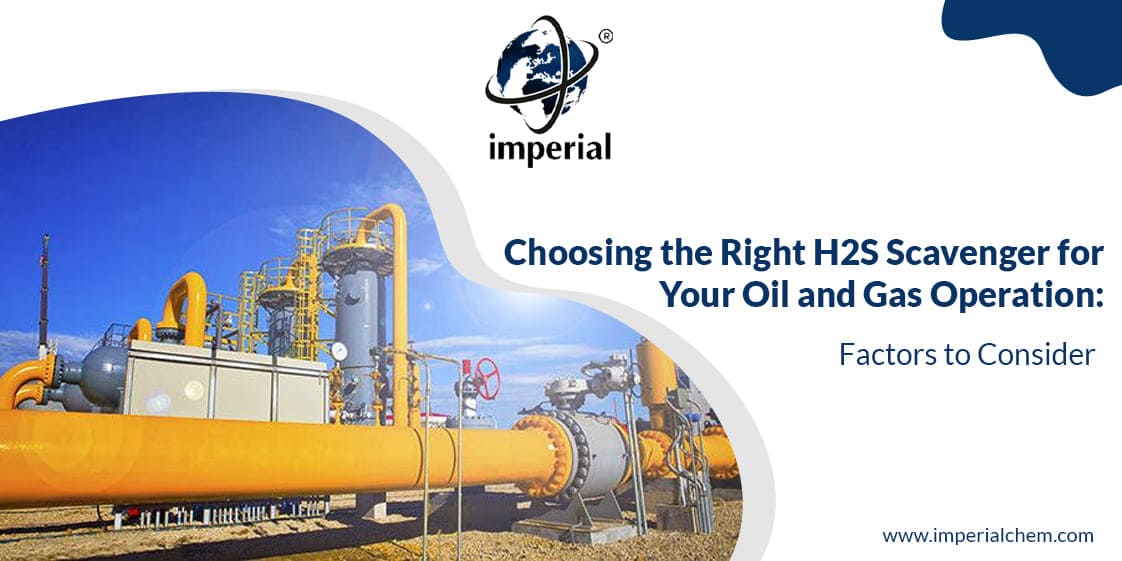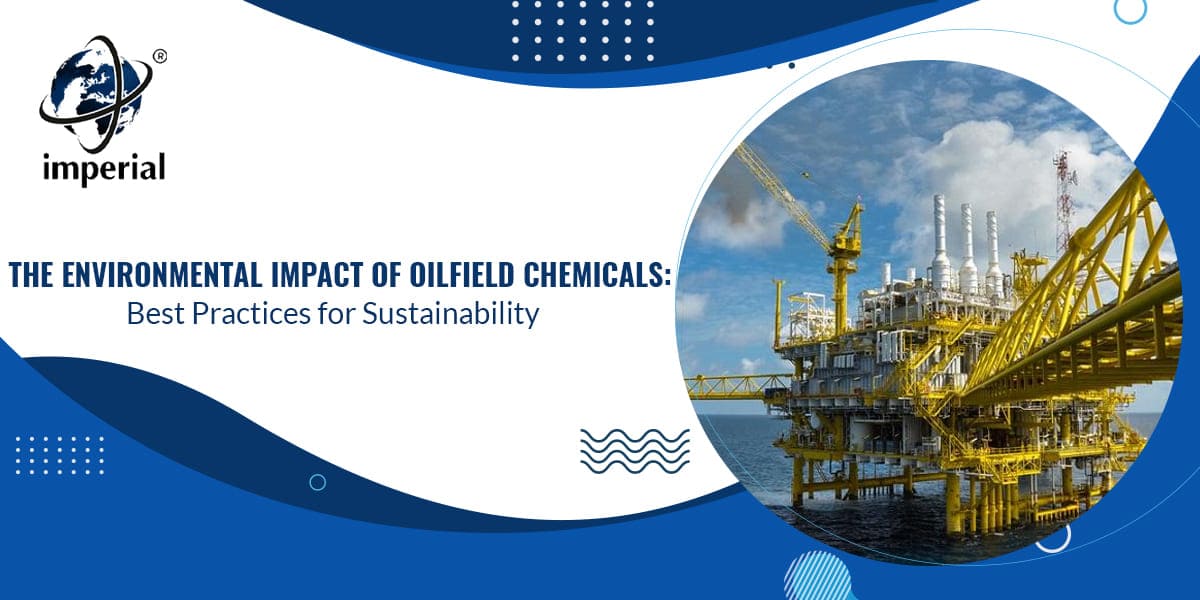- All Products
- Corrosion Inhibitor
- Oxygen Scavenger
- Drag Reducing Agent / Flow Improver
- H2S Scavenger
- Triazine
- Demulsifier
- Emulsion Breaker
- Surfactant
- Wax / Parrafin Disperssant
- Asphaltene Inhibitor

Blog Details

17
Nov
2025
Role of Ammonium Bisulphite Solution in the MDF Manufacturing Process
The Medium-Density Fibreboard (MDF) industry has grown rapidly due to increasing demand for cost-effective, durable, and versatile wood-based panels. To maintain consistent quality and efficiency, manufacturers rely heavily on chemical solutions that support fiber softening, pulping, and processing. Among these, Ammonium Bisulphite Solution in MDF Industry has become one of the most essential additives for improving fiber treatment and overall board quality.
What Is Ammonium Bisulphite Solution?
Ammonium Bisulphite (ABS) is a clear, aqueous solution widely used in industries for its reducing and lignin-softening properties. In the MDF industry, it is primarily used to modify and treat wood chips before they are refined into fibers.
Its ability to break down and soften lignin makes it exceptionally useful in fiber separation and preparation.
Role of Ammonium Bisulphite in MDF Manufacturing
1. Fiber Softening and Lignin Modification
During MDF manufacturing, the most crucial step is breaking down wood chips into uniform fibers. Ammonium Bisulphite Solution in MDF Industry helps soften the lignin—the natural glue in wood—allowing fibers to separate more easily during refining.
Benefits:
- Reduced energy consumption during refining
- Improved fiber smoothness and uniformity
- Reduction in fiber damage and breakage
2. Enhancing Resin Absorption
MDF boards depend on strong internal bonding, which comes from consistent resin penetration into fibers. ABS-treated fibers show improved permeability, enabling better resin distribution.
This results in
- Stronger board bonding
- Superior mechanical strength
- Improved density profile and stability
3. Improving MDF Surface Quality
The quality of the finished MDF sheet heavily depends on the smoothness of the fibers. ABS treatment ensures finer fibers, which ultimately leads to:
- Smoother surface finish
- Better suitability for laminates and coatings
- Reduced sanding cost and time
4. Reducing Refining Pressure and Energy Cost
One of the biggest advantages of using Ammonium Bisulphite is the energy savings during the fiber refinement stage. Softer chips require less mechanical force to turn into usable fibers.
Plant benefits include:
- Lower motor load
- Extended equipment life
- Reduced steam and electricity consumption
5. Enhancing Overall Plant Efficiency
By improving fiber quality and reducing refining challenges, Ammonium Bisulphite Solution in MDF Industry contributes to better productivity and manufacturing performance.
Key improvements:
- Stable board density
- Higher production rate
- Lower rejection and rework
Environmental Benefits of Using Ammonium Bisulphite
Today’s MDF manufacturers are under pressure to adopt greener, more sustainable production practices. ABS helps in several ways:
- Lower energy demand means reduced carbon emissions
- Cleaner fiber separation reduces operational waste
- Less chemical usage compared to traditional methods
Its eco-friendly profile makes it a suitable choice for modern MDF plants aiming for better environmental compliance.
Why the MDF Industry Prefers Ammonium Bisulphite Solution
Manufacturers choose ABS because it delivers:
- Better fiber refinement
- Improved board quality
- Reduced operational cost
- Safe and easy handling
- Consistent processing performance
Conclusion
The use of Ammonium Bisulphite Solution in MDF Industry has become a vital part of producing high-quality MDF boards. From fiber softening to energy savings, ABS plays an essential role in refining, bonding, and improving the overall board structure. With sustainability and efficiency becoming top priorities, Ammonium Bisulphite stands out as a reliable and performance-enhancing solution for MDF manufacturers worldwide.











